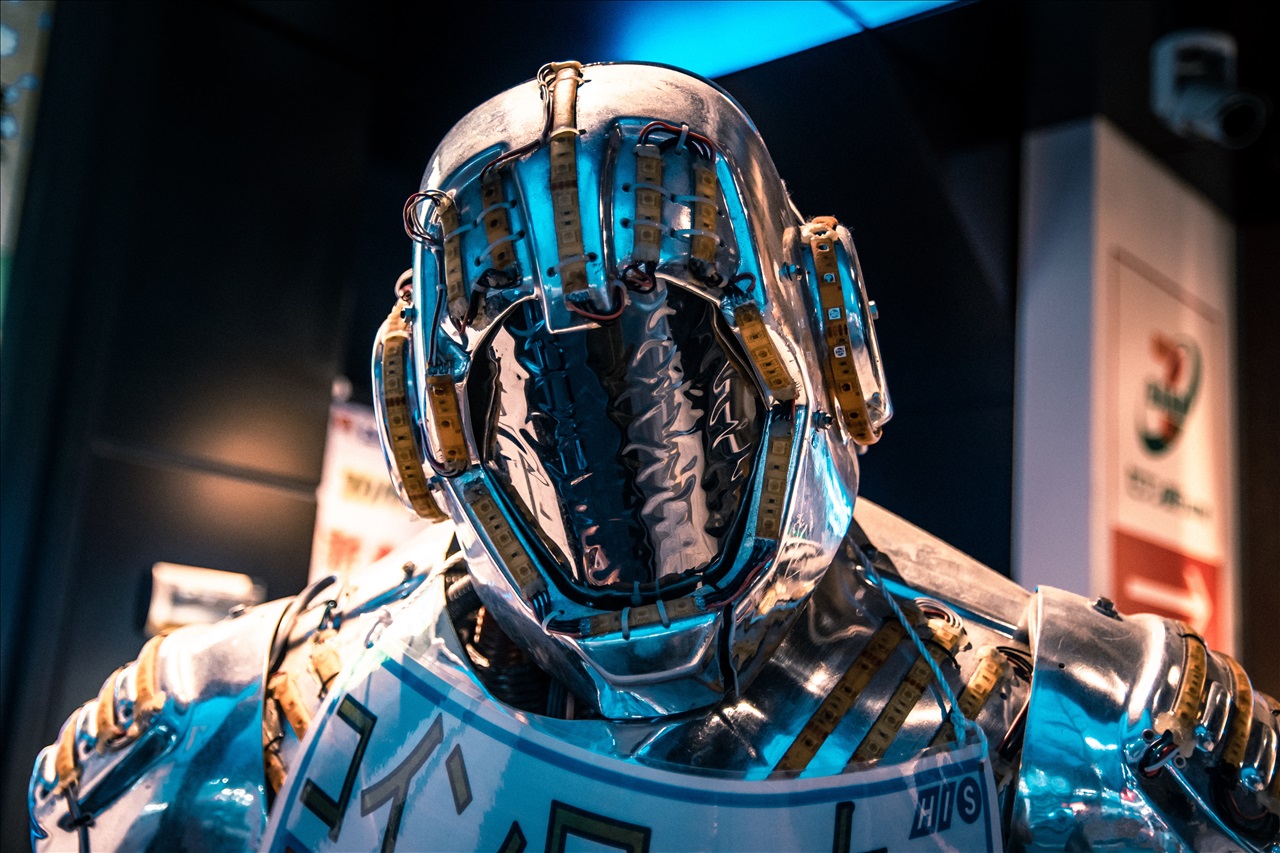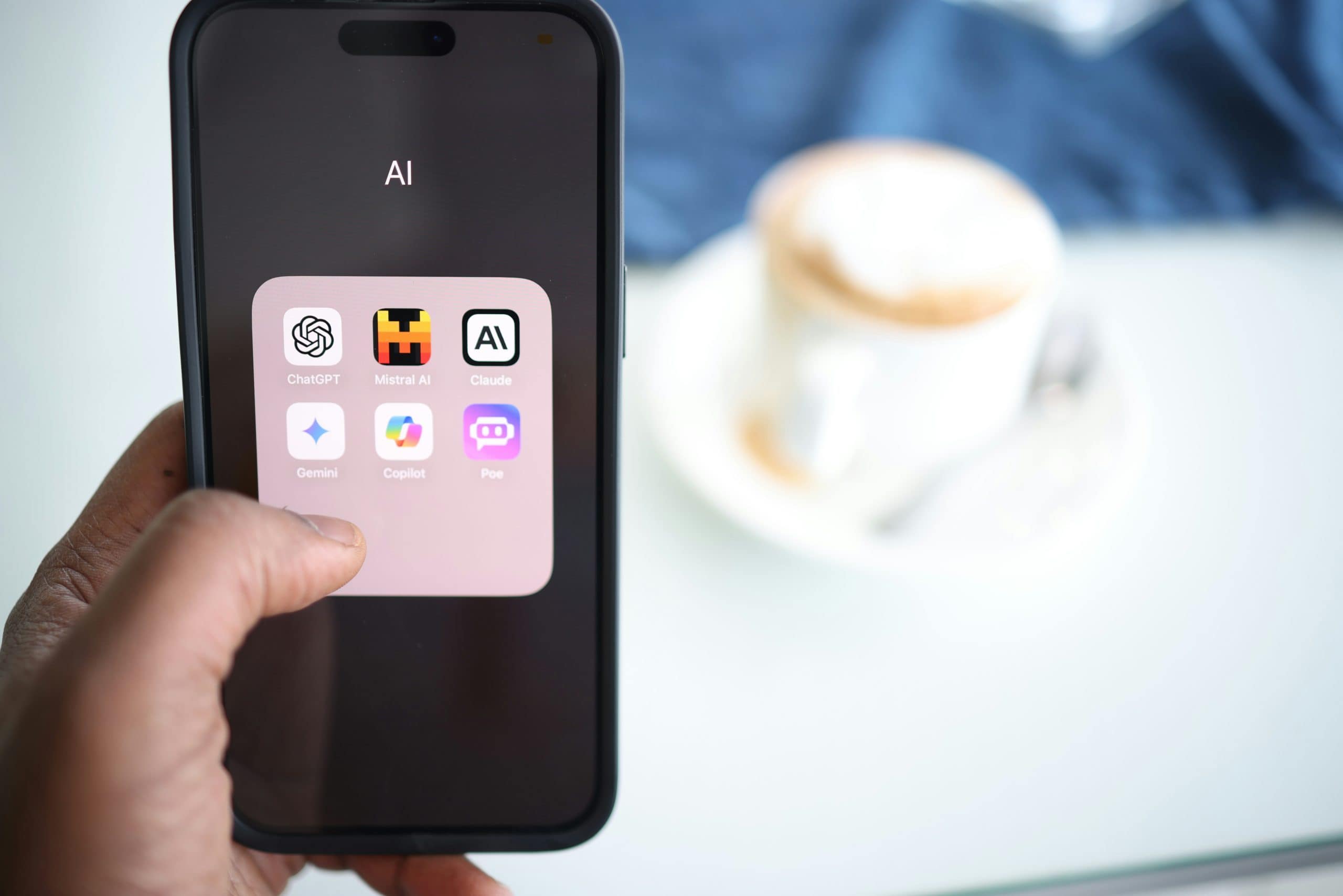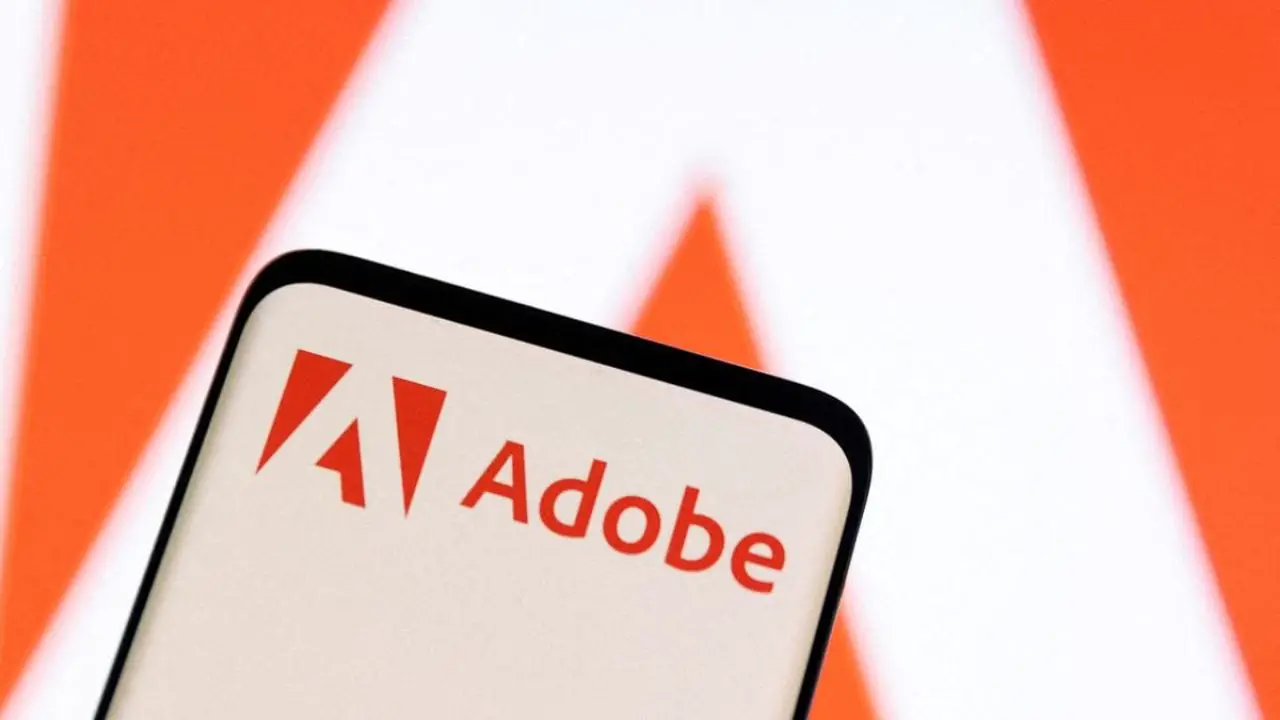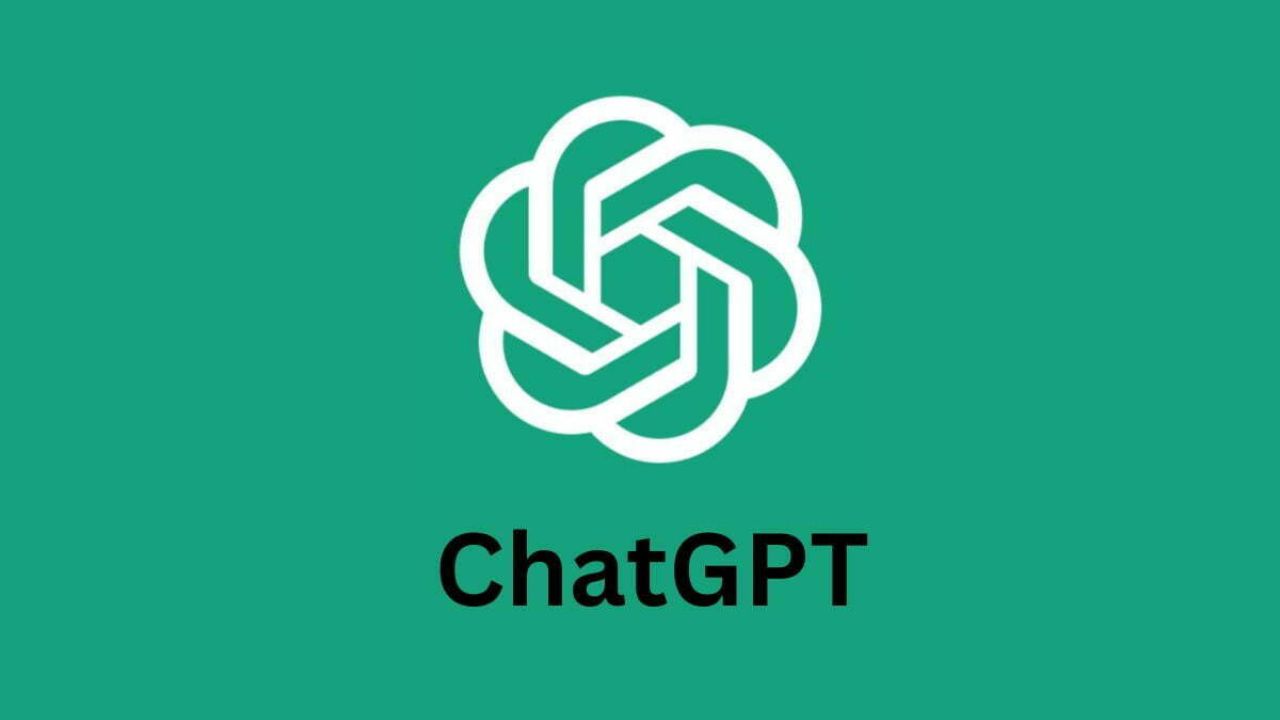Note: This is a guest post written by Jeeva Shanmugam
Since their debut, chatbots have advanced significantly. Chatbots are becoming more intelligent and human-like thanks to developments in artificial intelligence and natural language processing. One such chatbot that has grown in popularity over time is ChatGPT.
It is a substantial language model that OpenAI has trained that can provide answers to text inputs that are human-like. A face and a voice might be added to ChatGPT in a future edition, enhancing its possibilities. Here’s what I have known so far.

ChatGPT to have a Face and Voice
The Israeli company D-ID was one of the organizations Tom Pritchard of Tom’s Guide spoke with about this possibility during the Barcelona Mobile World Congress in 2023. In order to somewhat build digital beings, D-goal IDs now entail providing AI chatbots a more human touch. It hopes to do this with the launch of its new API.
Because of the real-time streaming capabilities of the API, you can have a conversation with the chatbot exactly like you would with a real person. The chatbot could sound like a real speaker by turning text into video. You are allowed to type instead of speaking to a computer if that appeals to you more.
Due to the fact that it is an API, D-technology IDs may be implemented into other programs and services. People aren’t wired for dialogues that only include text or speech, according to Gil Perry, the CEO, and co-founder of D-ID. In contrast, giving everything a human faces increases the level of plausibility and interest.
Using an AI to perform a range of activities for you also saves you money on hiring actual people, which is important from a business perspective. Whether it be engaging in dialogue with customers, training personnel, or anything else that AIs are now capable of.
Perry contends that the facelessness of AI may be one of the factors contributing to the current level of skepticism and anxiety about it. Users may feel more at ease if the chatbot has a human face, even if they are aware that there isn’t a live person on the other end of the connection.
Several D-ID chatbots, including ones with the newest integrated streaming functionalities, were showcased at MWC. Even the most advanced avatars had a minor uncanny valley effect, despite the fact that it was exciting to see the various avatar varieties in action.
There were a few noticeable delays in speech recognition and writing when the bot interacted with people. Nonetheless, the ability to converse with the bot verbally, understand what you are saying, and receive a response without typing or reading anything remains intact.
The question of whether or not the general public will be able to have this kind of experience is the only one that remains. Companies and corporate users should have access to D-API. Yet with ChatGPT’s recent surge in popularity, there’s a good chance that we’ll see this kind of technology used in a more open environment.
Use Cases of ChatGPT when having a Face and a Voice
The addition of a face and a voice to ChatGPT would make it even more human-like. Currently, ChatGPT only interacts with users via text inputs. While this is a great way to communicate, adding a face and a voice would make the interaction even more engaging. Users would be able to see and hear ChatGPT, which would create a more personal and interactive experience. This would be particularly useful in situations where the user is not able to type, such as when driving or cooking.
The addition of a face and a voice would also make ChatGPT more accessible to people who have difficulty reading or typing. People with visual impairments, for example, would be able to interact with ChatGPT more easily if it had a voice. Similarly, people with motor impairments that affect their ability to type would be able to interact with ChatGPT more easily if it had a voice.
In addition to making ChatGPT more accessible, the addition of a face and a voice could also make it more trustworthy. Currently, users don’t know who or what is behind the text responses they receive from ChatGPT.
Adding a face and a voice would create a more human-like experience, which would make users feel more comfortable interacting with ChatGPT. Users would be more likely to trust the information and advice provided by ChatGPT if they felt like they were interacting with a real person.
Challenges in Adding a Face and Voice to ChatGPT
There are some challenges that would need to be overcome in order to add a face and a voice to ChatGPT. One of the biggest challenges is creating a realistic face and voice that match the responses generated by ChatGPT. The face and voice would need to be able to convey the appropriate emotions and tone of voice in order to create a truly human-like experience.
Another challenge is ensuring that the face and voice of ChatGPT are inclusive and representative of all people. It is important that ChatGPT’s face and voice do not perpetuate stereotypes or exclude certain groups of people. This would require a diverse team of designers and developers to work on the project.
Despite these challenges, the addition of a face and a voice to ChatGPT would be a major step forward in the evolution of chatbots. It would create a more engaging, accessible, and trustworthy experience for users. It would also open up new possibilities for how chatbots can be used in a variety of settings, from customer service to healthcare.
Wrapping it All
In conclusion, the next version of ChatGPT could possibly feature a face and a voice. This would take the capabilities of ChatGPT to the next level and create a more engaging, accessible, and trustworthy experience for users. While there are challenges that would need to be overcome, the benefits of adding a face and a voice to ChatGPT make it a project worth pursuing.






